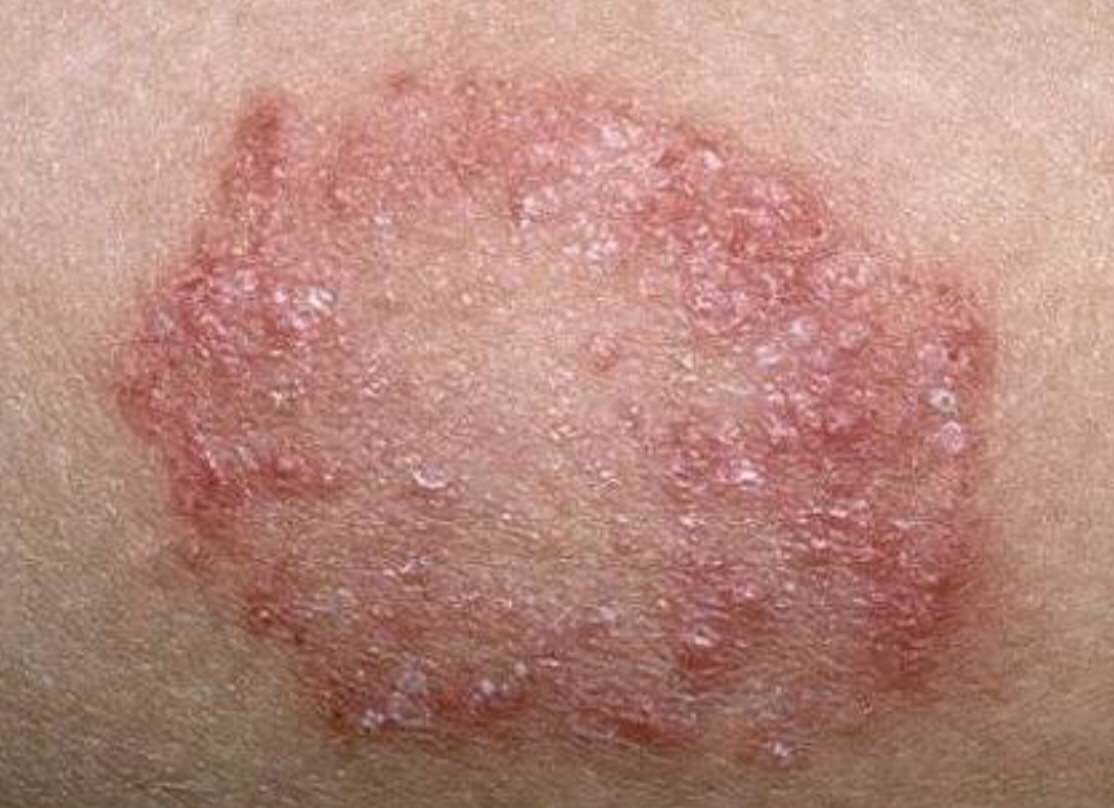
What is melasma and Symptoms of melasma?
Melasma is a very common condition, consisting of brown or grayish spots on the skin. It does not cause health problems, but it is unsightly, so you are interested in knowing how to prevent it.
Melasma is a problem of skin widespread among the population. The name derives from the Greek word “melas,” which means black or dark since it consists of brown and gray spots on the face, which give a dirty appearance. In most affected people, it appears on the cheeks, bridge of the nose, forehead, chin, and just above the mouth, on the upper lip. But spots can also appear on other parts of the body exposed to the sun, such as the neck or shoulders.
Melasma appears in women much more often than in men. About 90% of melasma patients are women, although, in recent years, this difference has decreased due to an increase in the percentage of affected men.
It is also more common for melasma disorders to appear in people with brown or dark skin, such as Hispanic, North African, African American, Indian, Arab, and Mediterranean European races. Also, having a family member affected by melasma is known to increase the chances of suffering from it, especially in men, which suggests a genetic basis that predisposes to melasma.
Although it is not a skin disease that endangers the lives of people who suffer from it, it does represent an unpleasant aesthetic alteration for many people. In some cases, it can affect self-esteem and cause a reluctance to show the affected skin areas. In many cases, it resolves itself over time while, in others, it is necessary to receive simple treatments that eliminate the spots on the skin with excellent results.
Causes of melasma
The causes for which melasma can appear on a person’s skin have not been clarified. Today it is believed that certain factors uncontrollably activate the cells responsible for skin pigmentation, the melanocytes. Some of these factors are:
- The sun: the ultraviolet light from sunlight, the famous UVA rays, activates melanin’s formation in the skin. This explains why the skin areas that are most exposed to sunlight (face, shoulders, and décolleté) are more frequently affected. People with active or healed melasma should protect themselves from the sun to avoid relapses.
- Hormonal changes: Women who are pregnant more often have melasma than women who are not. When it happens in a pregnant woman, it can also be called ‘ chloasma gravidarum ‘ or ‘gestational mask.’ It is also associated with hormonal alterations in non-pregnant women, which can be regulated with contraceptive drugs.
- Cosmetics: certain makeups, moisturizers, or other beauty products can have an irritating effect on predisposed people. This can cause or worsen melasma. Each person must know their skin and identify which products are harmful to it.
- Endocrine diseases: Melasma can be a manifestation of an endocrine disorder, known or not. It is not the most common cause of melasma, but for this reason, you should go to a dermatologist to rule out unknown diseases, such as diabetes mellitus.
- Stress: although stressful situations have not been related to melasma’s appearance, it is known that stress can worsen existing melasma and make it resistant to treatment.
Symptoms of melasma
The skin changes that are considered melasma symptoms are based on the appearance of brownish-brown or grayish spots on the face in a patchy way. They are usually symmetrical but very uneven pigmentation, giving a dirty appearance reminiscent of coffee or soot stains from train drivers or miners. These brands do not have associated symptoms such as itching, pain, stinging, or alterations in insensitivity. They are not accompanied by other modifications in the patient’s general condition, such as fever or weight loss. If any of these symptoms occur, this should alarm the patient, as it is not normal for them to occur in conjunction with melasma.
The area most frequently affected by melasma would be around the face’s midline: forehead, upper lip, cheeks, and chin, respecting the nose. Another quite common appearance is the involvement of the nose and cheeks in isolation. Less common places would be the shoulders, neck, arms, and the isolated involvement of the jaw’s skin.
Patients affected by melasma may be ashamed of their alterations that, in some cases, prevent them from leading an everyday daily life.


















